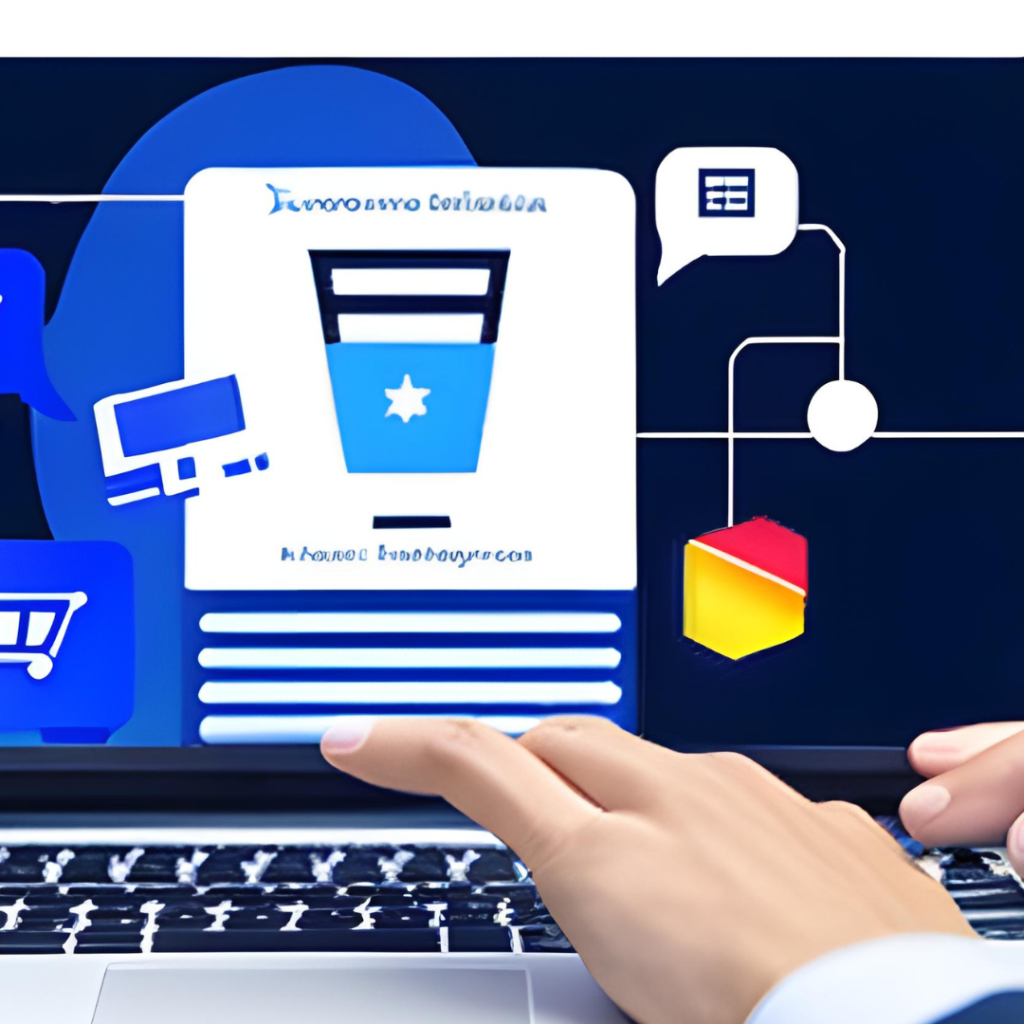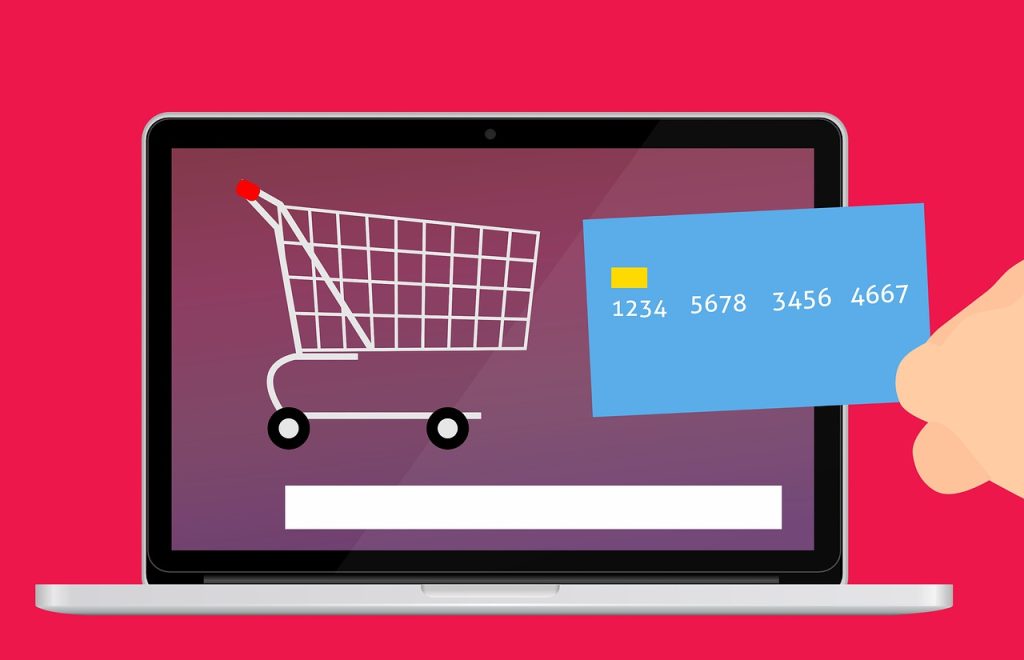Introduction:
In the competitive world of ecommerce, pricing plays a crucial role in attracting customers and driving sales. While fixed pricing strategies are common, businesses are increasingly turning to dynamic pricing to stay ahead of the competition. Dynamic pricing allows businesses to adjust their prices based on various factors such as demand, competition, market conditions, and customer behavior. In this blog post, we will explore how you can effectively implement dynamic pricing in your ecommerce business to maximize revenue and optimize customer satisfaction.
1. Analyze Market and Competitor Prices:
To implement dynamic pricing successfully, it’s essential to have a clear understanding of the market and your competitors. Conduct thorough research to analyze the pricing strategies of your competitors and evaluate how your prices compare. Use tools and software that can track pricing trends to ensure you stay competitive and relevant in your industry.
2. Leverage Data and Analytics:
Data-driven decisions are key to implementing dynamic pricing effectively. Utilize data analytics tools to gather insights on customer behavior, purchasing patterns, and market trends. Analyze factors such as seasonality, customer segmentation, and product performance to identify opportunities for pricing adjustments. This data-driven approach will help you make informed decisions and set optimal price points.
3. Monitor Supply and Demand:
Dynamic pricing heavily relies on supply and demand dynamics. By closely monitoring both factors, you can adjust your pricing accordingly. For high-demand products, consider implementing surge pricing during peak periods to capitalize on customer willingness to pay more. On the other hand, for low-demand products or slow periods, you may reduce prices to stimulate sales and clear inventory.
4. Implement Pricing Algorithms:
To effectively manage dynamic pricing, consider utilizing pricing algorithms that automate the process. These algorithms can integrate real-time data and market conditions to make instantaneous pricing adjustments. By setting specific rules and parameters within the algorithm, you can ensure that pricing changes align with your business goals and strategies.
5. Personalize Pricing for Targeted Customers:
Incorporating personalized pricing can enhance your dynamic pricing strategy. Utilize customer segmentation and behavioral data to offer targeted discounts, promotions, or personalized pricing based on individual preferences. This approach can not only attract more customers but also increase customer loyalty and satisfaction.
6. Monitor and Adapt:
Dynamic pricing is an ongoing process that requires continuous monitoring and adaptation. Keep a close eye on pricing trends, customer reactions, and competitor strategies. Regularly evaluate the impact of your pricing changes and adjust strategies accordingly. Be agile and responsive to market fluctuations to ensure your pricing remains effective and aligned with your business objectives.
Conclusion:
Implementing dynamic pricing in your ecommerce business can be a powerful strategy to stay competitive and increase profitability. By analyzing market prices, leveraging data and analytics, monitoring supply and demand, implementing pricing algorithms, personalizing pricing, and continuously adapting to market changes, you can effectively implement dynamic pricing. Remember, the key lies in finding the right balance that benefits both your business and your customers. With careful planning and strategic execution, dynamic pricing can drive revenue growth and provide a superior shopping experience for your customers.



Your point of view caught my eye and was very interesting. Thanks. I have a question for you.